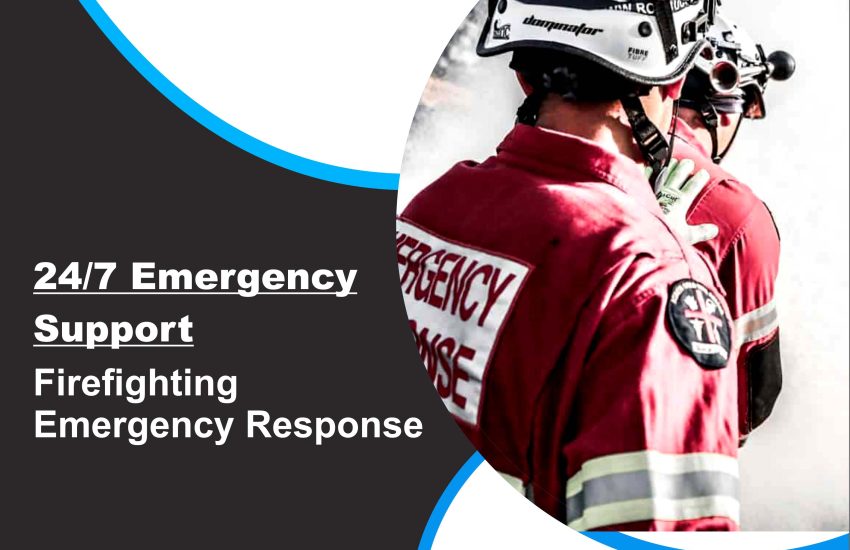Firefighting Emergency Response When fire strikes, every second counts. A well-coordinated firefighting emergency response can mean the difference between minimal damage and catastrophic loss. Effective fire emergency procedures are essential not only for fire departments but also for businesses, institutions, and residential buildings. This guide provides a comprehensive look at the key elements of emergency response planning for fire-related incidents, including best practices, response strategies, and proactive safety measures.
What Is Firefighting Emergency Response?
Firefighting emergency response refers to the immediate actions taken by trained personnel to extinguish fires, conduct rescues, protect property, and ensure the safety of individuals during a fire emergency. This includes fire rescue operations, fire suppression strategies, and fire incident management efforts that are coordinated among fire departments, emergency medical services, and other relevant agencies.
Key Components of an Effective Fire Emergency Response
1. Rapid Response Time
Minimizing firefighting response time is crucial. The sooner responders arrive on scene, the greater the chance of saving lives and reducing property loss.
2. Fire Emergency Action Plan
Every organization should have a detailed fire emergency action plan that outlines evacuation routes, alarm procedures, and roles during a fire emergency.
3. Fire Risk Assessment
Conducting regular fire risk assessments allows organizations to identify hazards, evaluate potential threats, and implement controls before an emergency occurs.
4. Trained Firefighting Personnel
Well-trained firefighters must be prepared with advanced firefighting tactics and tools to manage various scenarios, including residential fires, industrial blazes, and hazardous material incidents.
5. Emergency Evacuation Planning
Clear and practiced emergency evacuation planning helps ensure all occupants can leave a facility quickly and safely during a fire.
Strategies for Firefighting and Emergency Preparedness
✅ Fire Prevention and Control
Implementing fire alarms, sprinklers, and fire suppression systems as part of a fire prevention and control program reduces risk and enhances safety.
✅ Fire Department Coordination
Strong fire department coordination ensures seamless communication between responders and other emergency personnel during an incident.
✅ Regular Drills and Simulations
Routine fire drills, scenario-based training, and tabletop exercises boost firefighter emergency preparedness and improve response efficiency.
✅ Community Education and Awareness
Public education campaigns about fire safety, escape planning, and emergency contact procedures promote safer environments in homes and workplaces.
Importance of an Emergency Fire Response Plan
Having a structured emergency fire response plan is not only a legal requirement in many jurisdictions but also a vital part of business continuity. Such plans detail fire response procedures, from alerting authorities to managing crowd control, and provide a framework for protecting both lives and assets.
Technology in Firefighting Emergency Response
Advancements in technology support emergency services response through:
- Real-time incident mapping
- Communication and dispatch software
- Drones for aerial fire monitoring
- Thermal imaging cameras for search and rescue
These tools help firefighters make data-driven decisions during fire incident response strategy development and execution.
Conclusion
An effective firefighting emergency response system involves more than just extinguishing flames. It requires preparation, coordination, rapid action, and continuous training. Whether you’re managing a fire department or developing a fire emergency procedures manual for your organization, prioritizing emergency response planning will help protect lives, property, and critical infrastructure.


